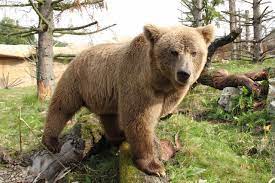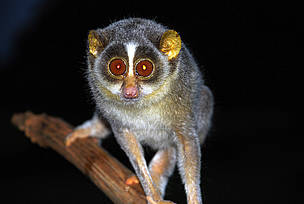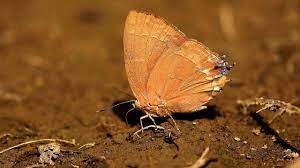The Himalayan brown bear | UPSC | IUCN Status | Why In The News ?
Study predicts massive habitat decline for the Himalayan brown bear by 2050 due to climate change
About Himalayan Brown Bear :
- It is one of the largest carnivores in the highlands of Himalayas.
- It occupies the higher reaches of the Himalayas in remote, mountainous areas of Pakistan and India.
- Small Population is also found in Tibetan Autonomous Region of China and Bhutan.
- They are the largest animals in the Himalayas.
- They are usually sandy or reddish-brown in colour.
- Himalayan brown bears are omnivores and eat grasses, roots and other plants as well as insects and small mammals.
- They also like fruits and berries and prey on large mammals, including sheep and goats.
Key Facts :Spotted Angle Butterfly | UPSC | Explained
| Animal Name |
|
| Habitat & Distribution |
|
| Class |
|
|
Body Size & Features |
|
| Food |
|
| Habitat |
|
| Threat |
|
Conservation Status :
| IUCN | Critically Endangered |
| CITES | Appendix I |
| Wild Life protection Act | Schedule I |
Source : The Hindu, Indian Express, Wikipedia








